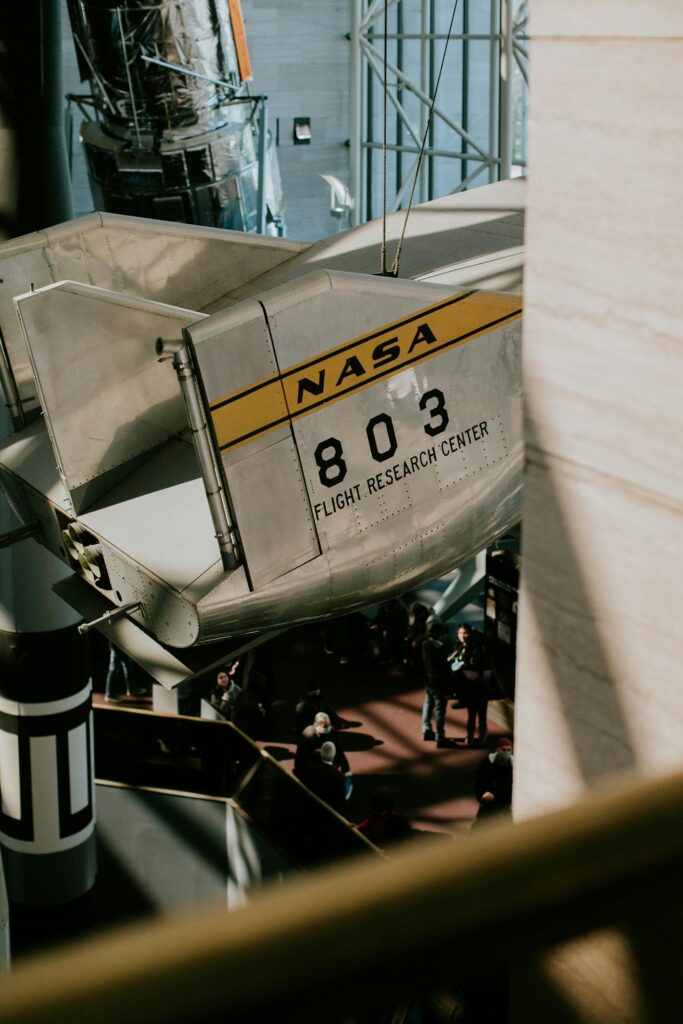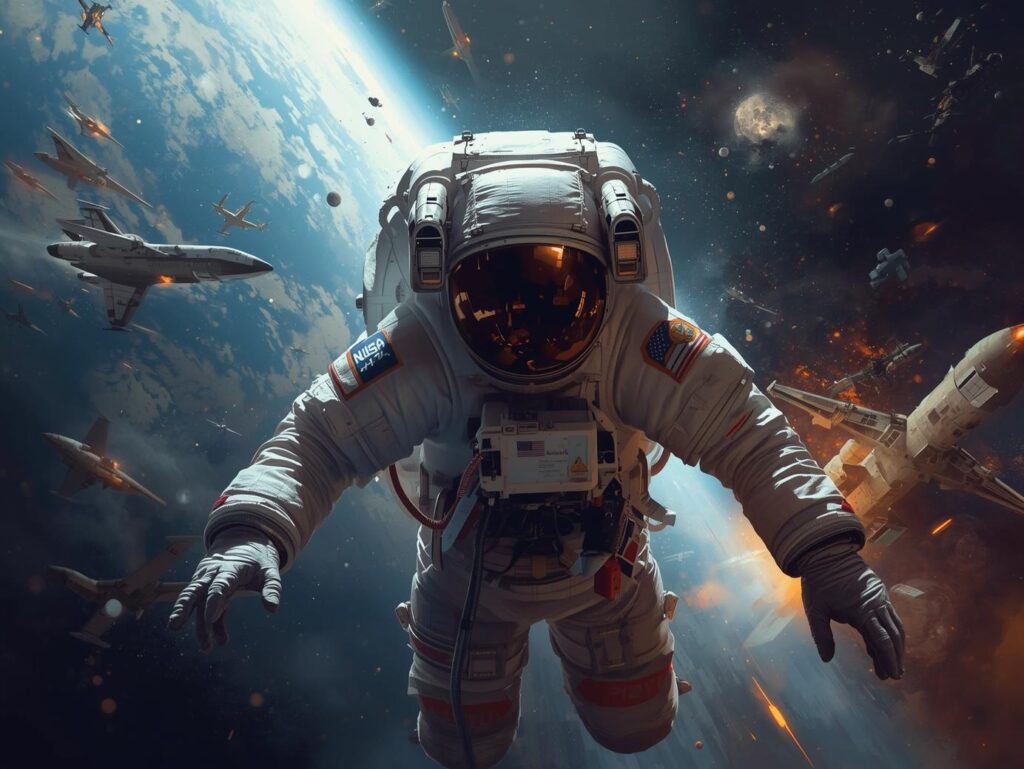A Historic Moment for NASA Astronaut Candidates
NASA welcomed its latest group of Nasa astronaut candidates on September 22, 2025, selecting just 10 people from over 8,000 applicants across the United States. These individuals stood out for their skills, determination, and unique backgrounds. Their selection marks a new chapter in space exploration, with missions to the Moon and beyond on the horizon. This class is special, with more women than men for the first time, showing NASA’s push for diversity.
The Challenge of Becoming an Astronaut
Applying to be a NASA astronaut is no small feat. Applicants needed a degree in science, technology, engineering, or math, plus years of experience in high-stakes fields. From online applications to intense interviews at Johnson Space Center, candidates faced medical exams, team challenges, and psychological evaluations. Beating out 8,000 others required grit, smarts, and a passion for space.
Ben Bailey: The Army Helicopter Pilot
Ben Bailey, a 34-year-old Chief Warrant Officer from Texas, has flown military helicopters through tough missions for years. His thousands of flight hours and ability to stay calm under pressure caught NASA’s eye. Bailey always dreamed of space, inspired by watching shuttle launches as a kid. Now, he’s ready to bring his skills to the stars.
Cameron Jones: Testing Jets to Reach Space
Cameron Jones, a 32-year-old Air Force Major from California, spent his career testing high-speed jets. With an aerospace engineering degree, he’s used to pushing machines to their limits. Jones says his team’s support helped him navigate NASA’s tough selection process. He’s excited to trade cockpits for spacecraft.

Katherine Spies: From Combat to the Cosmos
Katherine Spies, 35, from Virginia, flew attack helicopters as a Marine Corps pilot in combat zones. She now directs flight testing at Gulfstream Aerospace, with training from the Naval Test Pilot School. Spies sees space as the ultimate challenge for a test pilot. Her experience in high-pressure missions made her a top pick.
Anna Menon: A Space Mom with Experience
Anna Menon, 39, from Colorado, is no stranger to space, having flown on a SpaceX mission in 2024. A biomedical engineer and mother of two, she’s married to astronaut Anil Menon. Her work at NASA focuses on human health in space. Menon’s real-world spaceflight experience gives her a unique edge.
Lauren Edgar: The Geologist Ready for the Moon
Lauren Edgar, 33, from Arizona, is a geologist who worked on Mars rover missions for 17 years at the U.S. Geological Survey. She helped plan science for NASA’s Artemis Moon program. Edgar’s knack for studying rocks could be key for lunar exploration. She’s thrilled to join this astronaut class.
Adam Fuhrmann: From SpaceX to NASA
Adam Fuhrmann, 36, from Florida, was a launch director at SpaceX, overseeing Falcon 9 rocket liftoffs. His mechanical engineering background and experience with high-stakes launches impressed NASA. Fuhrmann says watching rockets soar as a kid fueled his dream. Now, he’s set to ride them.

Yuri Kubo: Healing in Zero Gravity
Yuri Kubo, 31, from Hawaii, is an anesthesiologist who keeps patients safe during surgery. She’s volunteered for medical missions and holds a master’s in medicine. Kubo’s steady hands and calm demeanor could be vital in space emergencies. She’s eager to contribute to NASA’s medical research.
Rebecca Lawler: Building Space Tech
Rebecca Lawler, 34, from Massachusetts, is a biomedical engineer at NASA. She designs tools like spacesuits and habitats for human spaceflight. Her work on life-support systems made her a strong candidate. Lawler is excited to help create homes for astronauts on the Moon.
The Grueling Selection Process
NASA’s process is intense, starting with an online application open to U.S. citizens with STEM degrees. Candidates then face interviews, medical tests, and team exercises at Johnson Space Center. Psychological evaluations ensure they can handle stress and isolation. Only 10 made the cut from over 8,000, showing their exceptional talent.
What Training Involves
These NASA astronaut candidates now face two years of tough training. They’ll learn to fly T-38 jets, practice spacewalks in giant pools, and master robotics for the International Space Station. Russian language lessons prepare them for international missions. It’s a demanding program, but they’ll bond as a team.
Their Role in NASA’s Future
This class will support NASA’s Artemis program, aiming to land humans on the Moon again. Some may work on the International Space Station or even prepare for Mars missions. Their diverse skills, from flying to science, fit NASA’s big goals. They’re paving the way for humanity’s next steps.
Learning from Past Astronaut Classes
NASA astronaut candidates 2021 class, nicknamed “The Flies,” had 10 candidates from 12,000 applicants. They graduated in 2024 and are now active astronauts. This 2025 group builds on that legacy. Each class pushes space exploration further, inspiring the next generation.
The Personal Sacrifices They Made
Becoming a candidate meant big changes for these 10. Many left demanding jobs or juggled applications with family life. Facing rejections in past rounds didn’t stop them. Their persistence shows kids that hard work in STEM can lead to space.
Challenges During Training
Training will test their limits with simulations, survival drills, and technical lessons. They’ll learn from mistakes in controlled settings to prepare for real missions. NASA’s support will guide them through. The goal is to ensure they’re ready for space’s unpredictability.
How They Stood Out
NASA looked for brains, teamwork, and resilience among the 8,000 applicants. These candidates excelled in every stage, from written apps to in-person tests. Their varied backgrounds—military, private industry, and science—made them shine. They prove anyone with dedication can aim for space.
Inspiring the Next Generation
This class motivates kids to dream big. NASA opens applications every few years, and anyone with a STEM degree can try. The advice is simple: study hard, gain experience, and apply. These 10 show the stars are within reach for those who work for it.
NASA’s Astronaut Legacy
Since the Mercury Seven in 1959, NASA has trained about 370 astronaut candidates. This 2025 group is part of a long tradition, likely the 24th class. Each group adds to the story of human spaceflight. These candidates are writing the next chapter.
Why This Class Is Unique
With six women and four men, this class is NASA’s most diverse yet. Their skills range from piloting to medical research to rocket launches. They blend adventure with science, ready for the Moon and beyond. Their selection marks a shift toward inclusivity.
The Journey to Full Astronaut Status
After training, candidates graduate and get mission assignments. Some might head to the International Space Station, others to Artemis lunar missions. It could take years to fly, requiring patience and focus. Their hard work will pay off in space. If you know about, Click on Two Moon until 2083
Celebrating the New Astronauts
NASA held a ceremony at Johnson Space Center to announce the class. Families cheered as each name was read, marking years of effort. It was a proud moment for the candidates. They’re now part of NASA’s elite, ready to explore.
The Meaning of 8,000 Applicants
Over 8,000 people applied from every U.S. state and territory, showing huge interest in space. NASA carefully picked those who fit its mission needs. These 10 represent America’s drive to explore. Their selection reflects the nation’s talent and ambition.
A Bright Future for Space Exploration
These 10 candidates beat incredible odds to join NASA. Their stories—from flying helicopters to studying Mars rocks—inspire us all. They’re set to make history in space. Watch for them as they shape the future of exploration.
